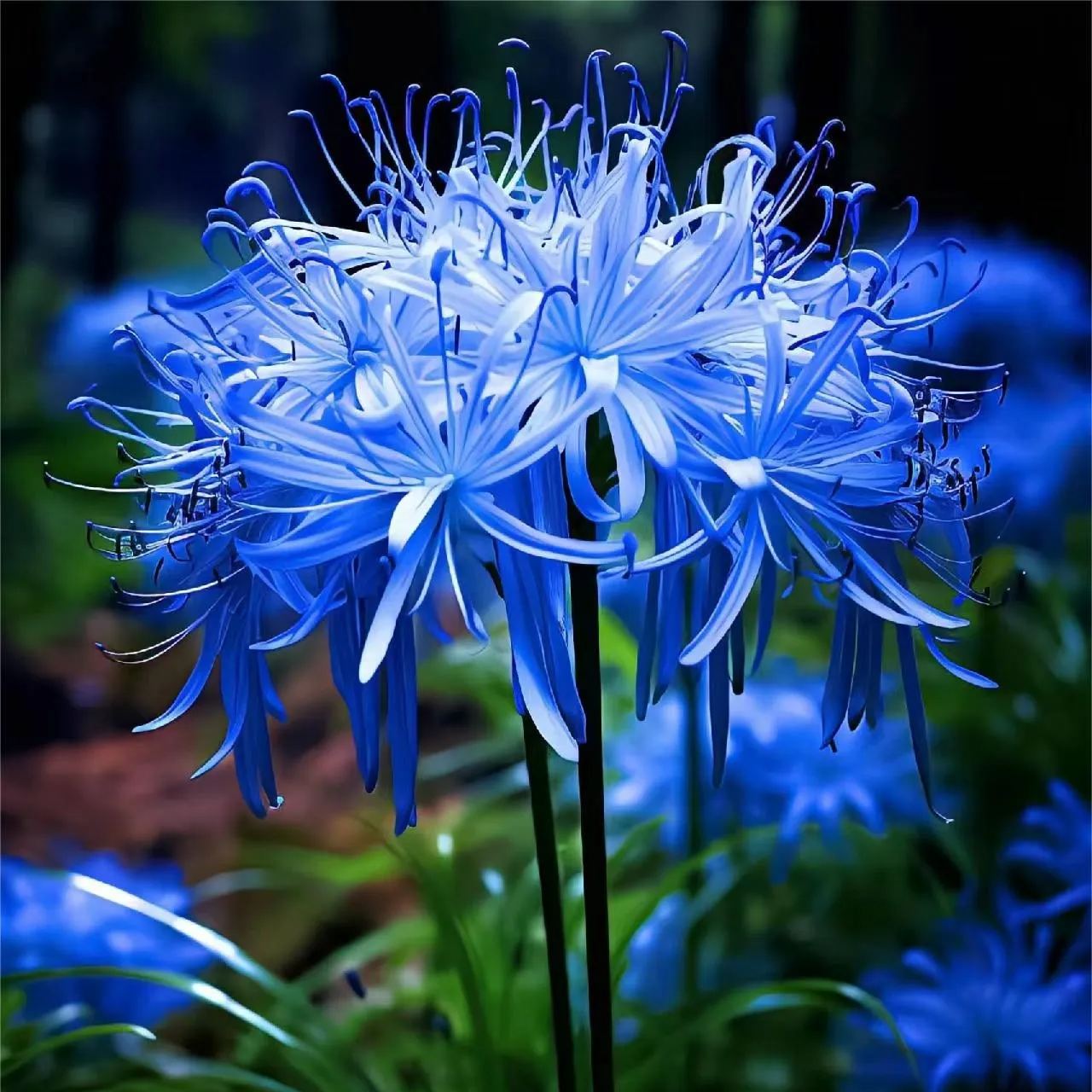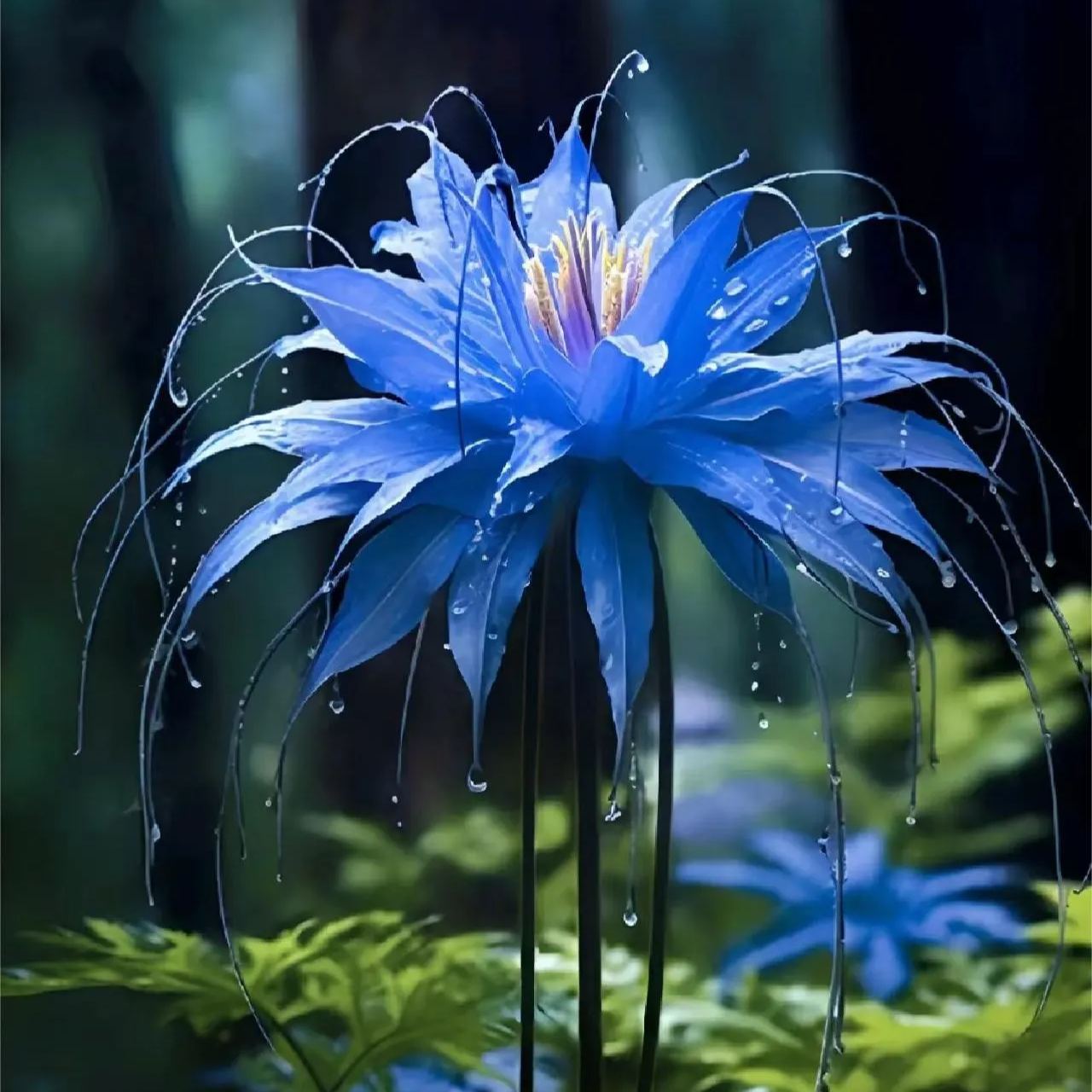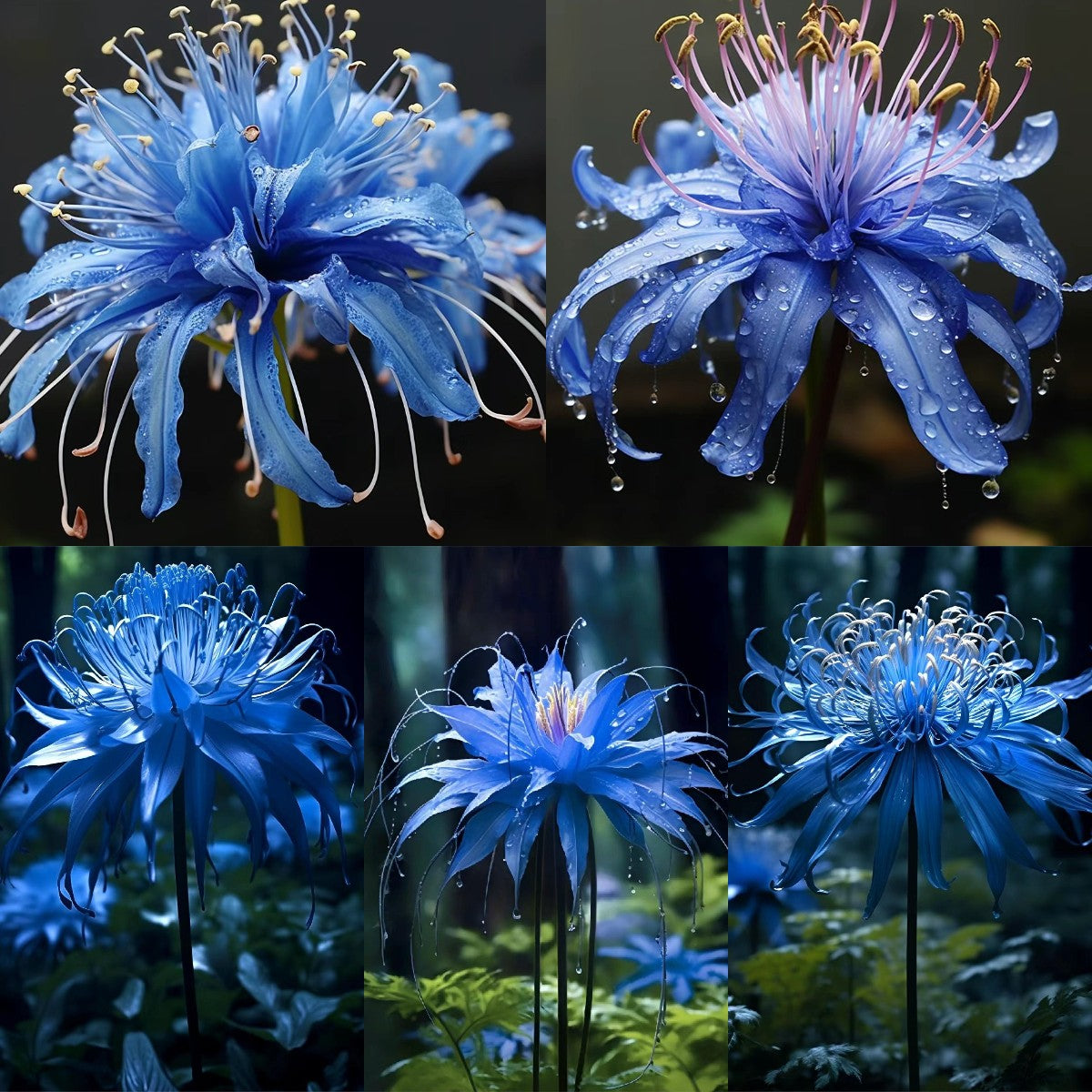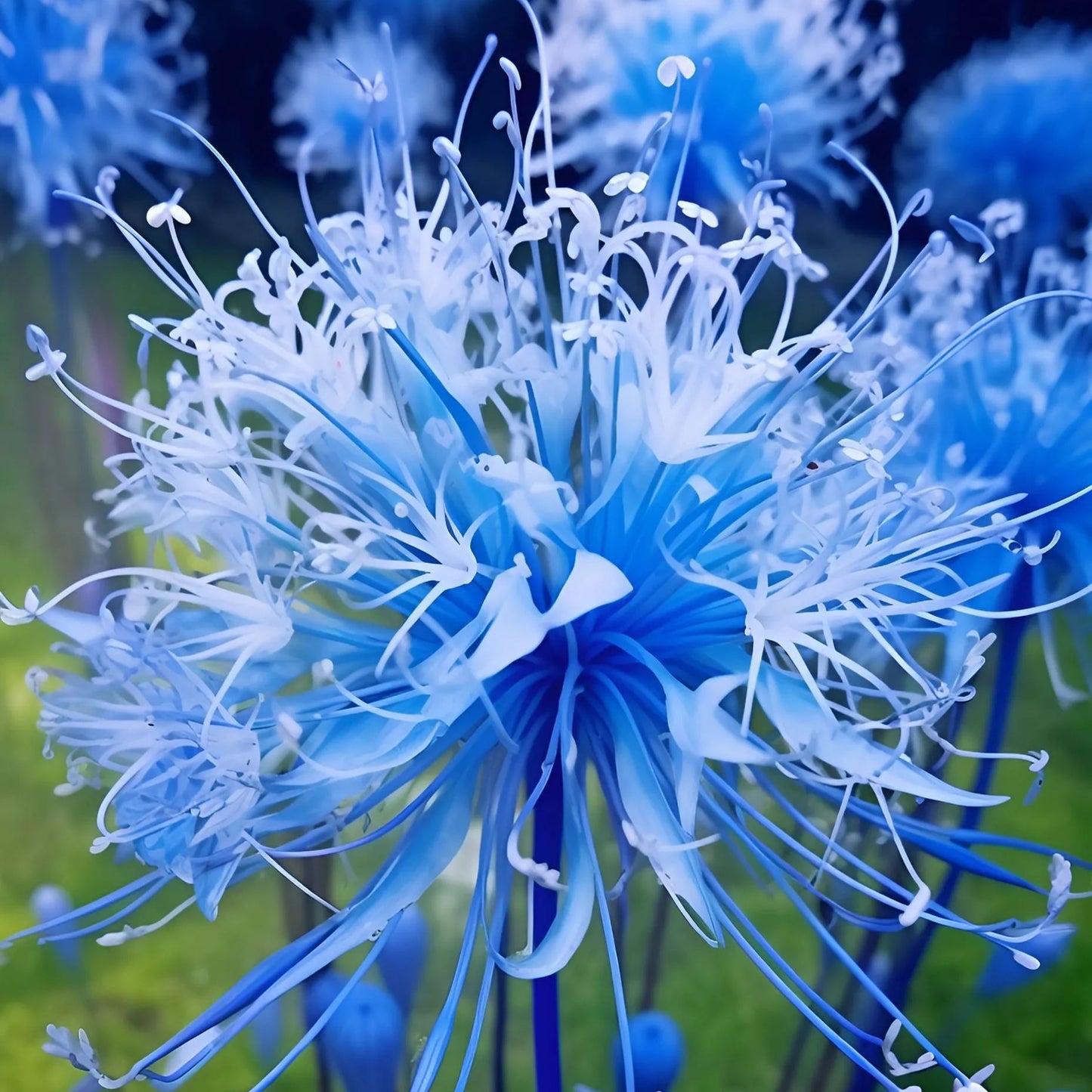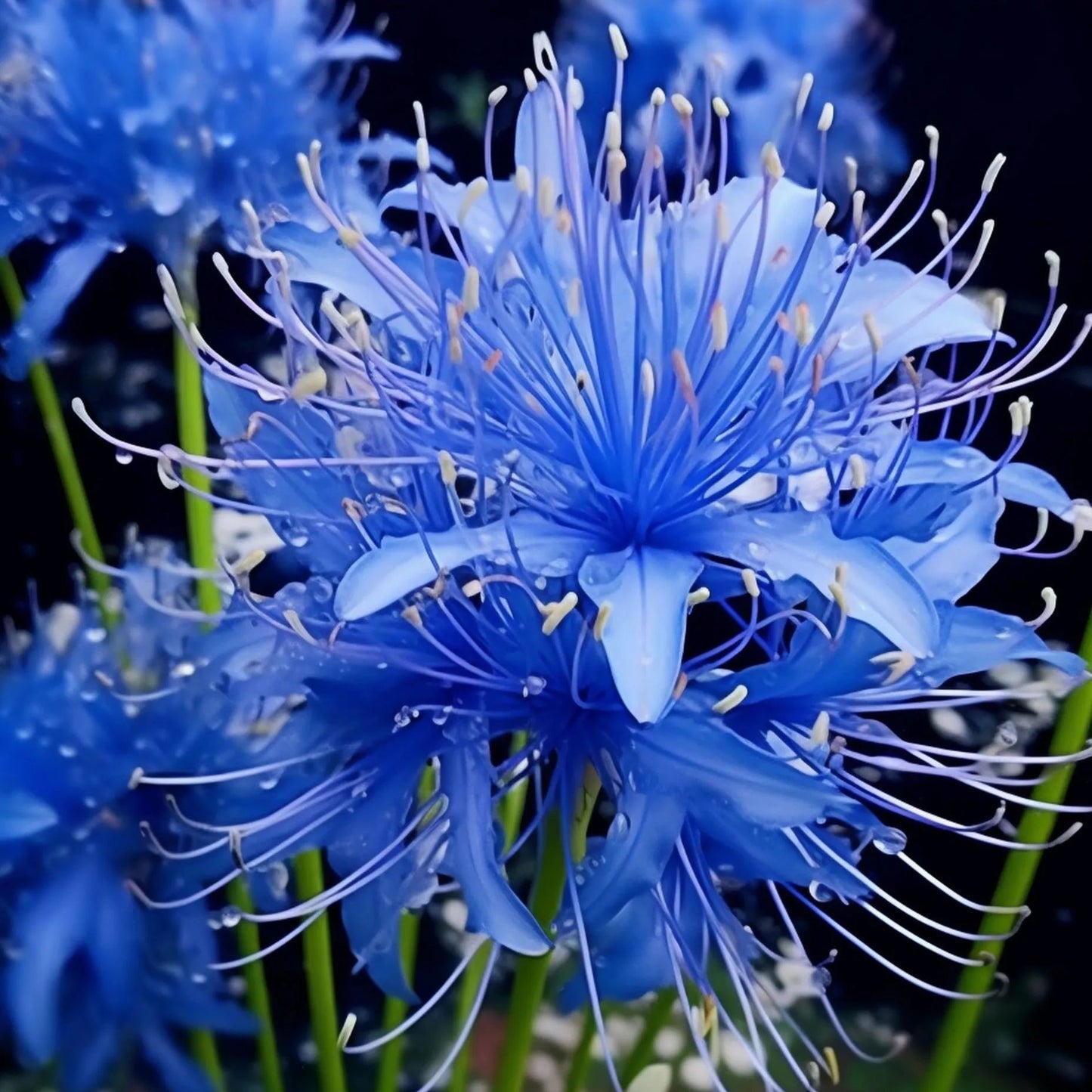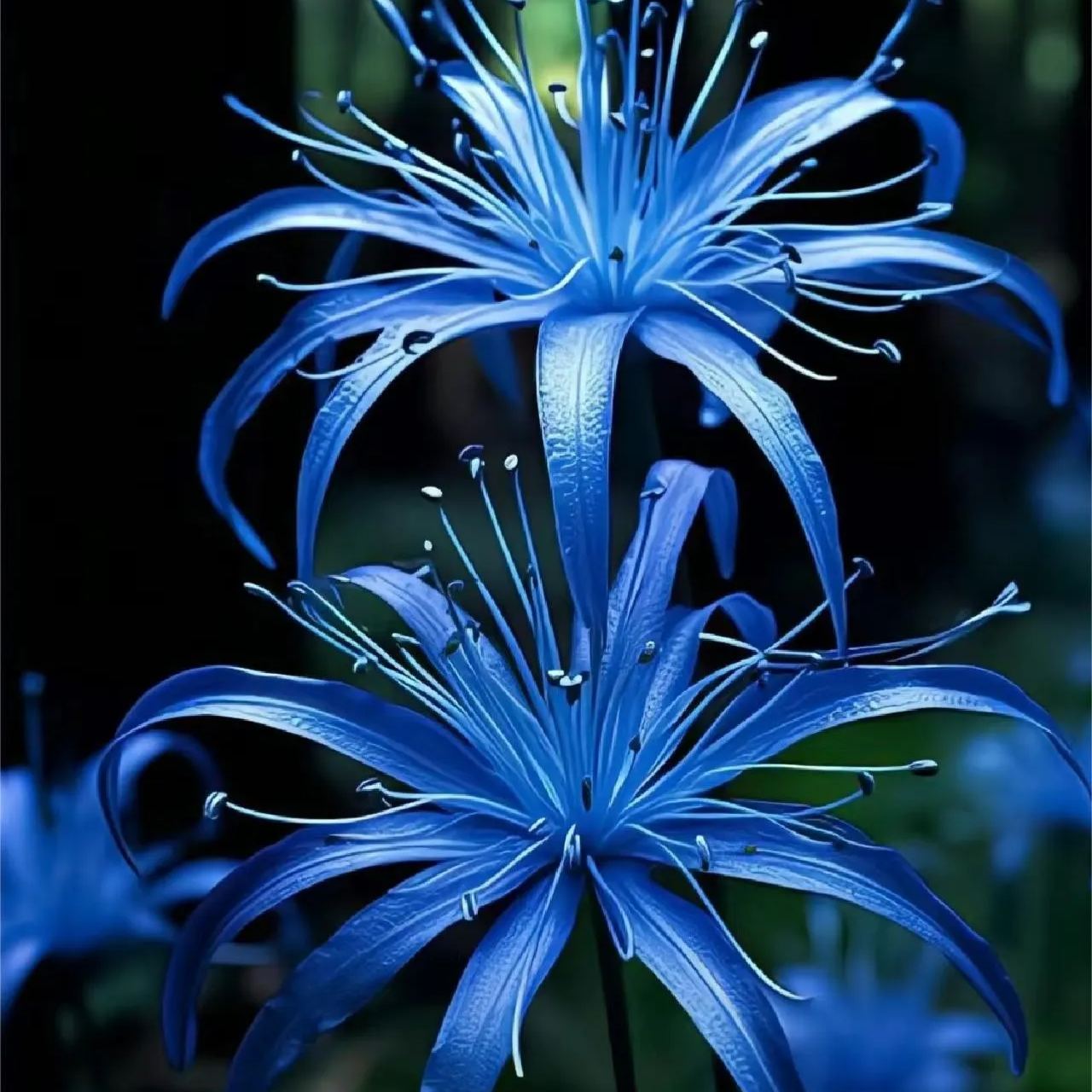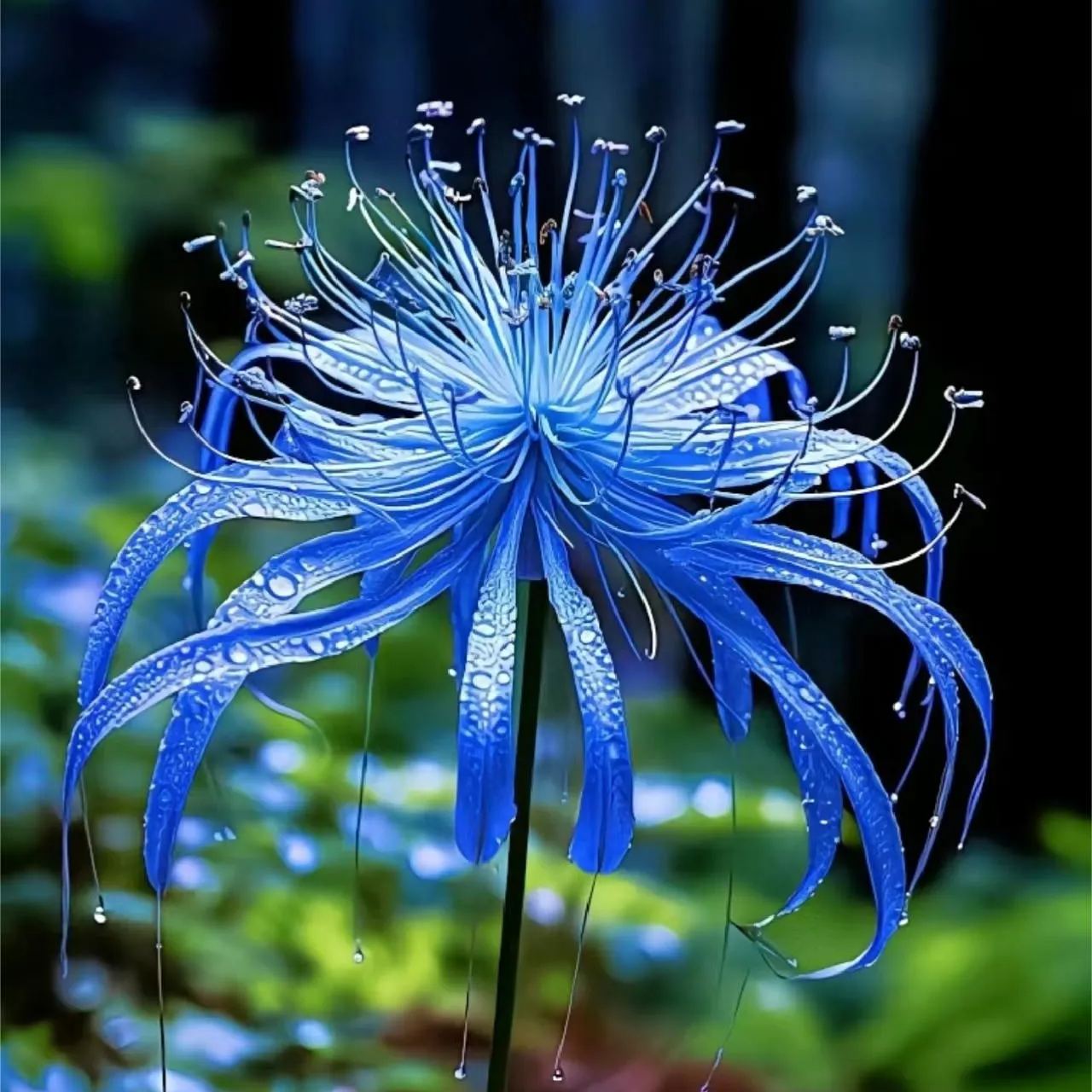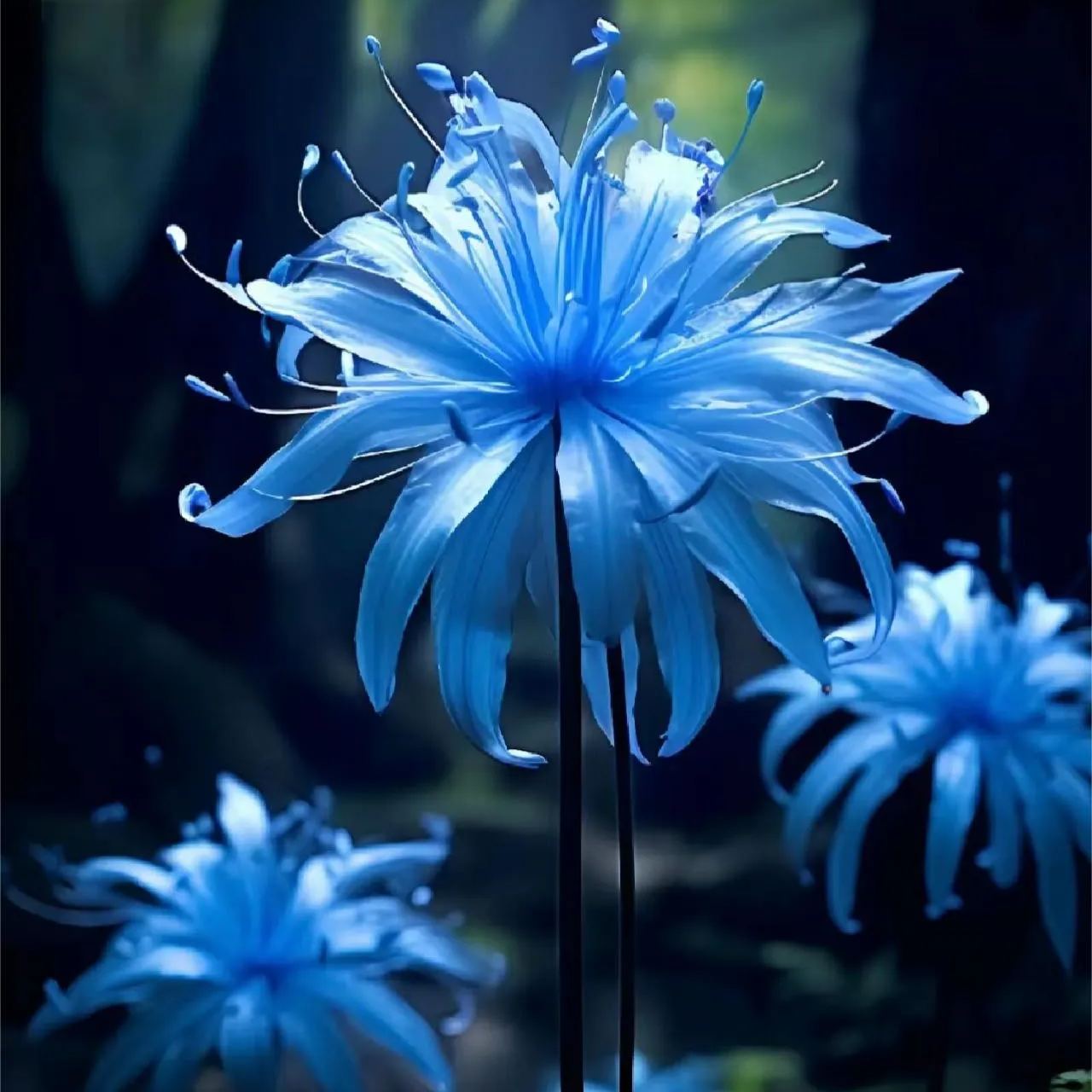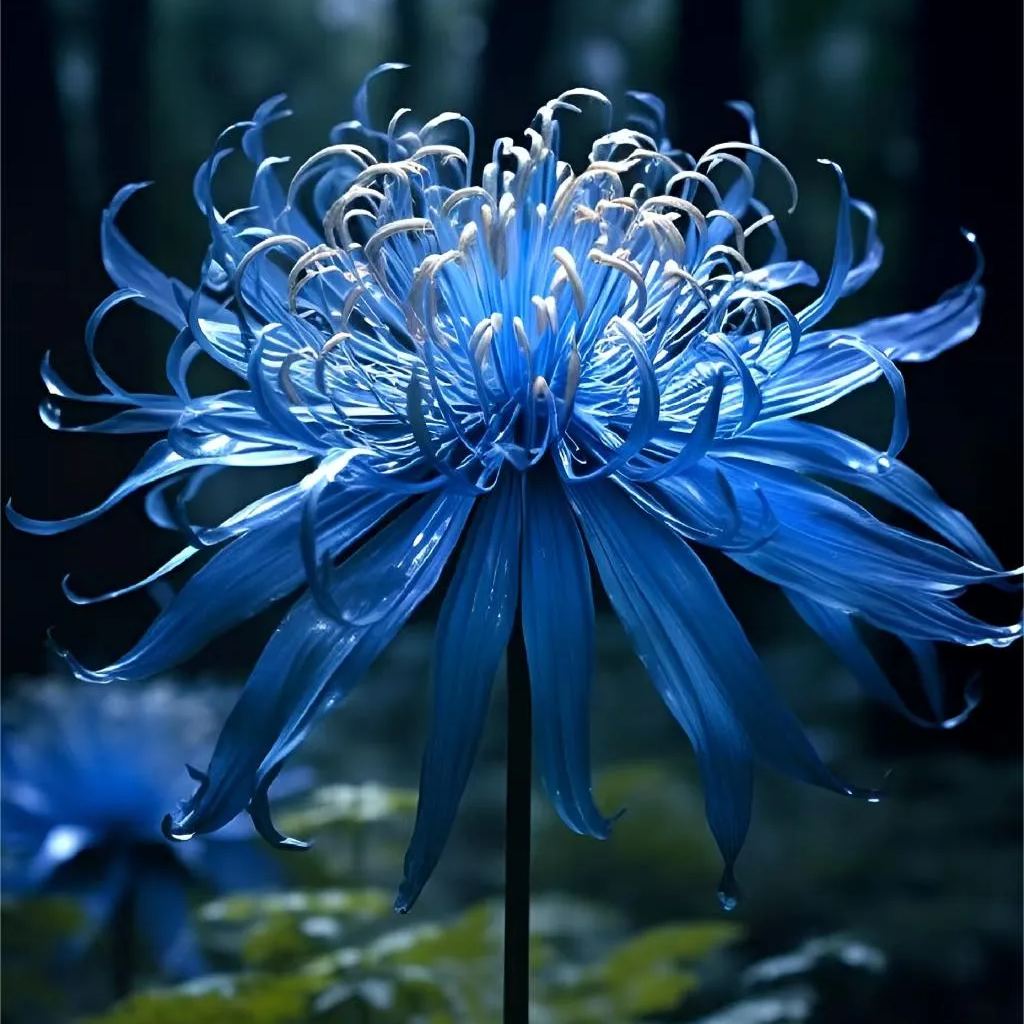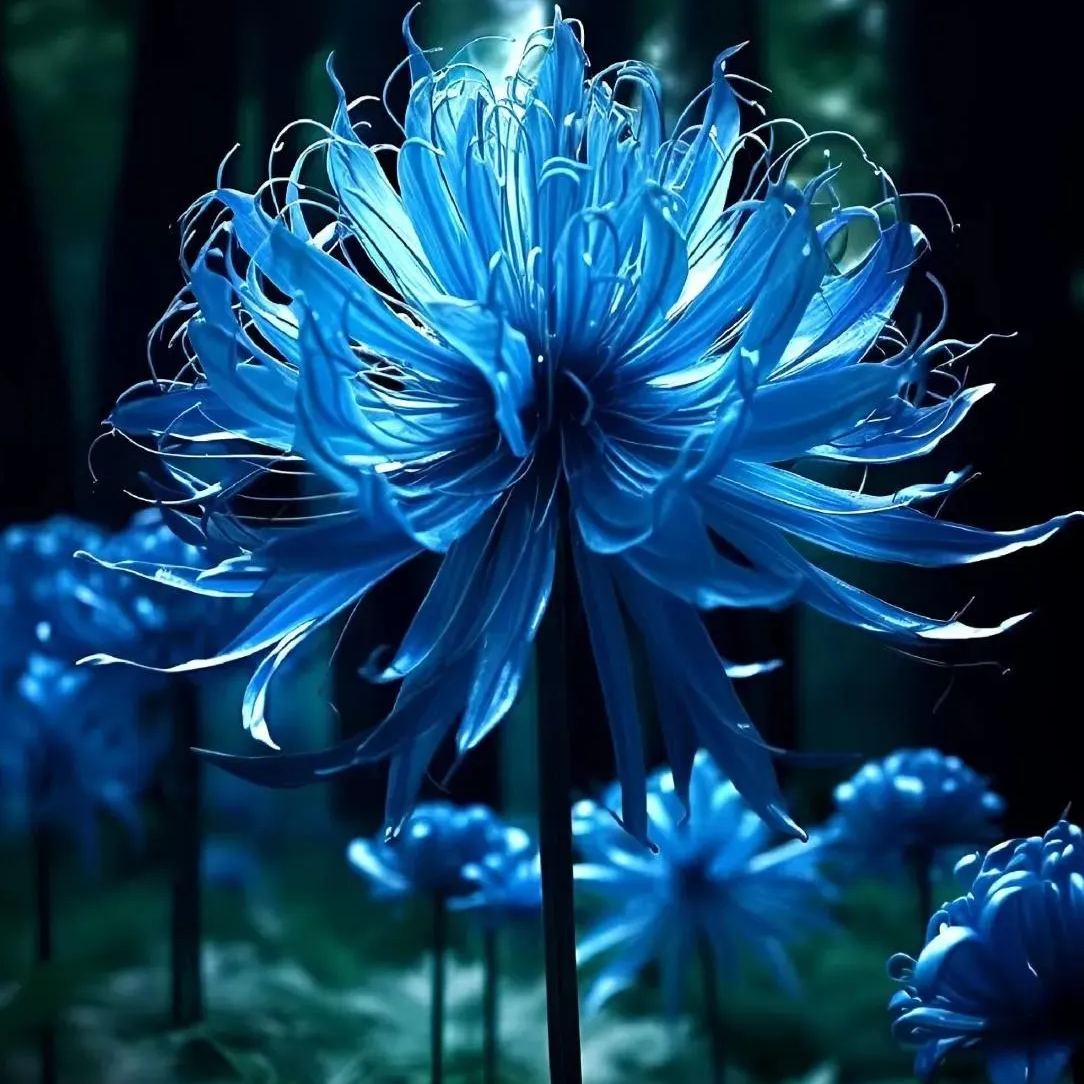mysite
💙Blue Spider Lily Bulbs: Where Mystery Meets Beauty
💙Blue Spider Lily Bulbs: Where Mystery Meets Beauty
Impossible de charger la disponibilité du service de retrait
Description

🪴Purchasing two or more would create a more appealing look.🌱
"Unveil the Allure of Blue Spider Lily: Where Mystery Meets Beauty!
Blue Spider Lily, also known as "Lycoris radiata var. radiata," is a striking flowering plant known for its unique blue-violet blooms. Native to Japan and surrounding areas, it's a member of the amaryllis family.
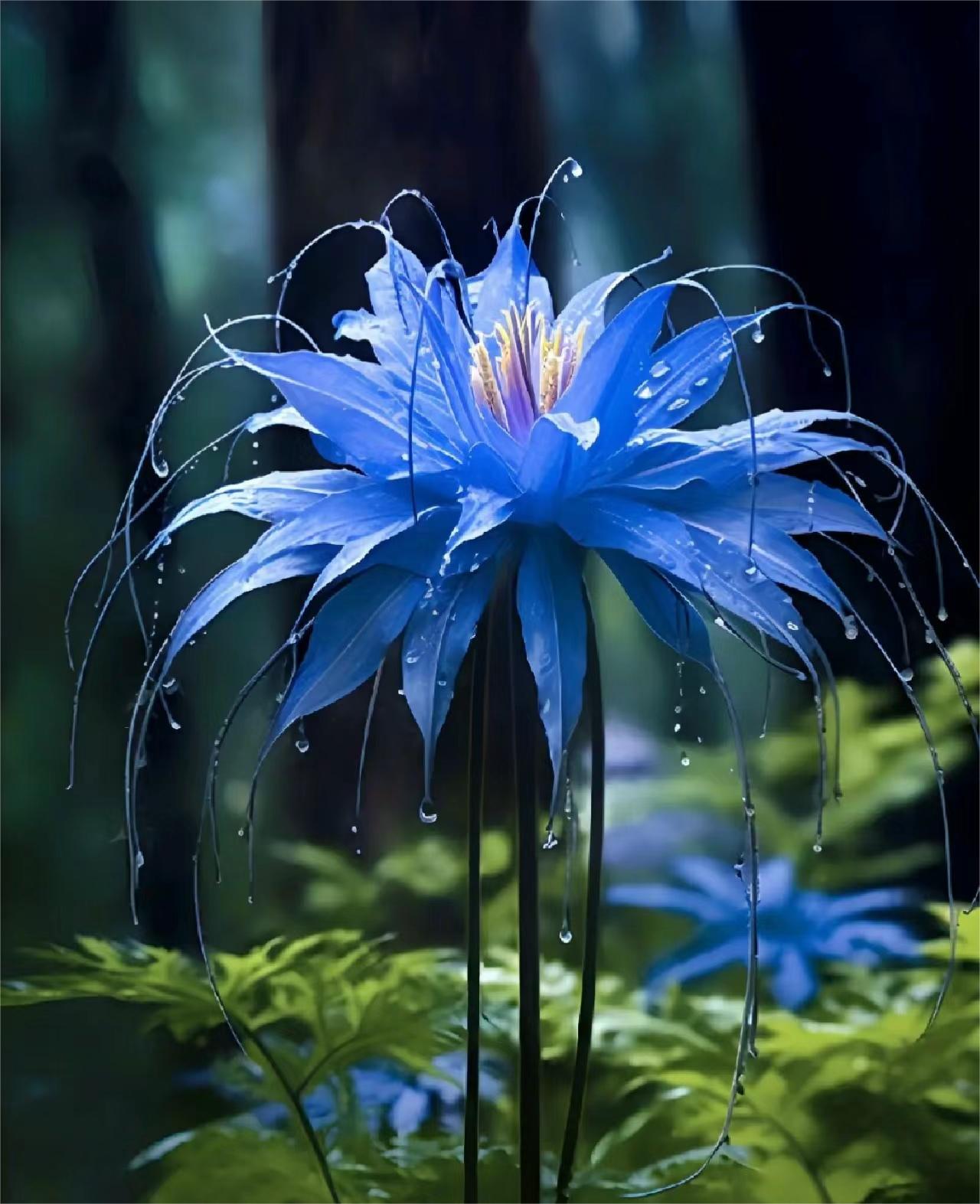
💙Blue Spider Lily is a perennial bulbous plant that typically produces its stunning flowers in late summer or early autumn. Its standout feature is its vivid blue-violet flowers with long, spidery petals that give it a distinctive appearance. The name "Spider Lily" refers to the delicate, elongated petals that resemble spider legs. These eye-catching blooms emerge before the foliage, adding an element of surprise to the garden.
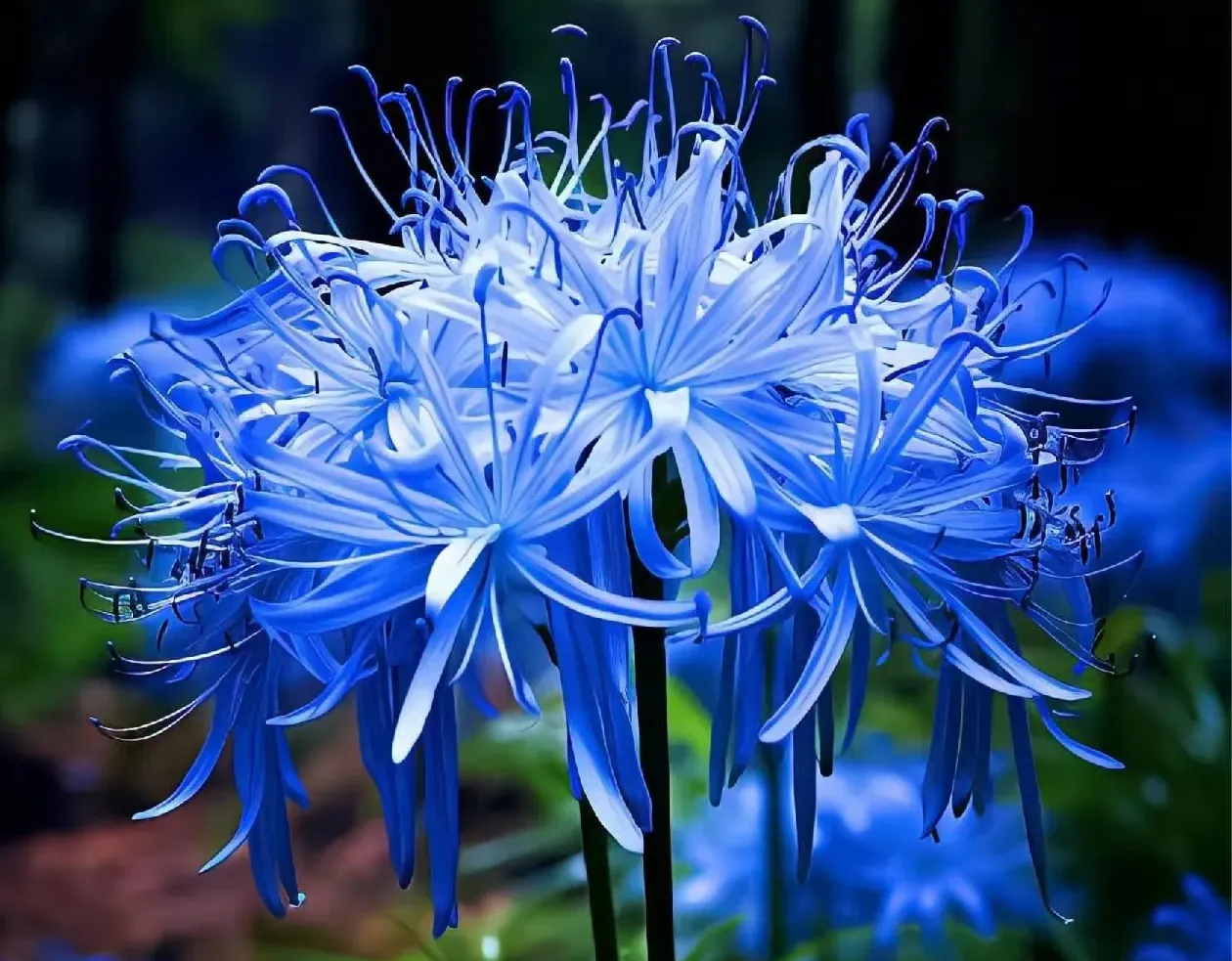
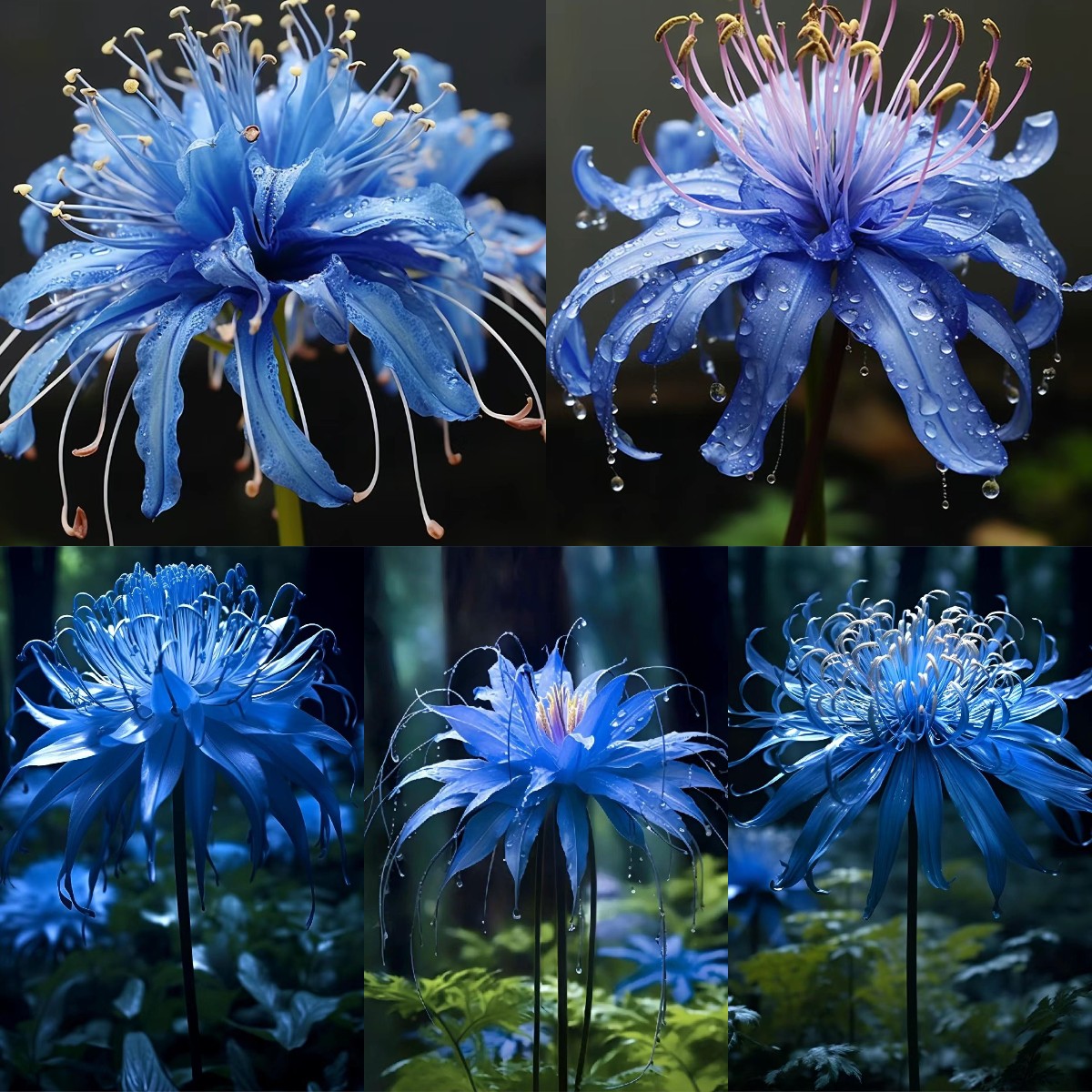
Planting Conditions:
-
Sunlight: Blue Spider Lily thrives in partial to full sun. It prefers a location with direct sunlight in the morning and some shade during the hottest part of the day.
-
Soil: Well-draining soil is crucial to prevent waterlogging, as the bulbs are prone to rot. A slightly acidic to neutral soil pH is ideal.
-
Watering: During its active growing season in spring and fall, keep the soil evenly moist. However, once the foliage dies back, reduce watering to allow the bulbs to rest.
-
Temperature: Blue Spider Lily is hardy in USDA zones 7 to 10. It requires a period of dormancy during winter, so it's important to provide a cold period for the bulbs.
-
Spacing: When planting bulbs, place them about 6 to 8 inches (15 to 20 cm) apart and at a depth of around 4 to 6 inches (10 to 15 cm).
-
Fertilization: Fertilize the bulbs in early spring before they start actively growing, using a balanced, slow-release fertilizer.
-
Mulching: Apply a layer of mulch in late fall to help protect the bulbs from extreme temperatures and maintain even moisture levels.
-
Propagation: Blue Spider Lily can be propagated by dividing offsets from mature bulbs during their dormant season.
-
Pests and Diseases: These lilies are relatively resistant to pests and diseases. However, proper spacing and well-draining soil can help prevent issues like bulb rot.
-
Naturalization: Blue Spider Lily can be a stunning addition to naturalized areas, where it can spread and create a captivating display.

Remember that the foliage of Blue Spider Lily appears after the flowers and lasts through the winter, so it's important to choose a suitable location where the dying foliage won't be an eyesore. With proper care and attention to its planting conditions, Blue Spider Lily can reward you with its captivating and unique blooms, adding a touch of mystery and elegance to your garden.
📦Package:
1/2/5/10 Lycoris radiata Bulbs (It depends on the quantity you purchased)
Share
